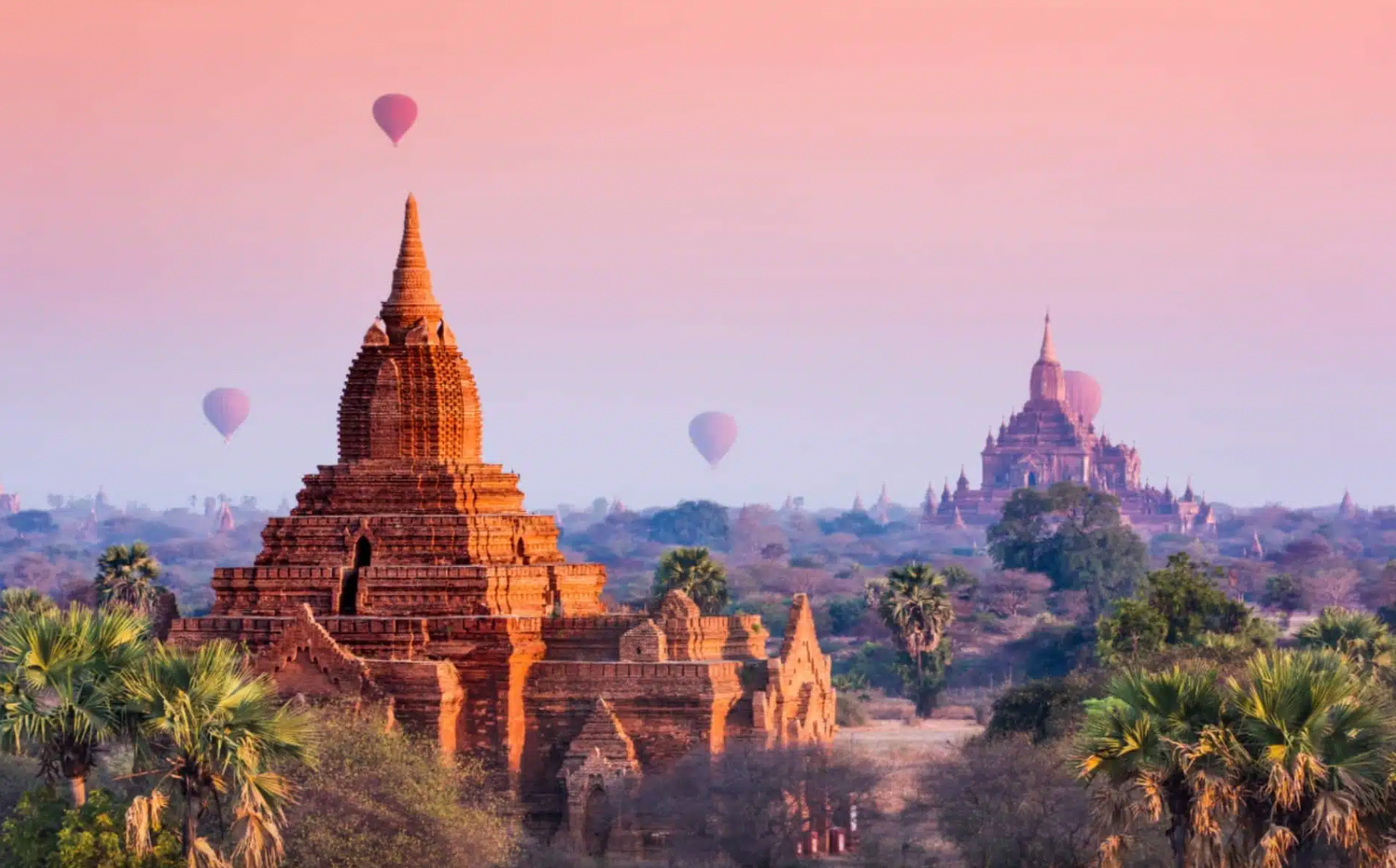
Why Do Many Asian Flags Use Moons, Stars, and Animals?
• Islamic nations: Crescent moon and star trace back to Ottoman usage, not the Prophet — symbolizing guidance and divine sovereignty.
• Buddhist and Hindu flags: Feature wheels, lions, or tridents — metaphors for cosmic law or power.
• Dragons, tigers, and eagles: Represent imperial authority and natural power in East and Central Asia.
Turkey
• Crescent and star were symbols of Byzantium and were adopted by the Ottomans.
• The crescent came to represent Islam, but it’s not in the Quran — it was political branding that became religious shorthand.Red symbolizes the blood of martyrs and imperial legacy.

India
-
Saffron, white, green: Represent courage/spirituality, peace/truth, and fertility.
-
Ashoka Chakra (wheel): Buddhist symbol of dharma (moral law) and progress. It also appears on ancient pillars from India’s Maurya Empire.
-
The flag fuses Hindu, Muslim, Buddhist, and secular ideals — reflecting India’s attempt at unity-in-diversity.

Japan
• Hinomaru (Sun Disc): References Amaterasu, the sun goddess from Shinto belief — Japan is “the land of the rising sun.”
•Despite simplicity, the flag has imperial connotations, which were controversial post-WWII. Now also seen as a symbol of minimalism and unity.

China
• Red: Revolution, communism, and sacrifice.
• One large star and four smaller: Unity under the Communist Party, with smaller stars for different classes of society.Deeply symbolic of centralized power and collectivism.
• Ancient Chinese banners often used dragons and phoenixes to represent celestial order — replaced here by modern political cosmology.

